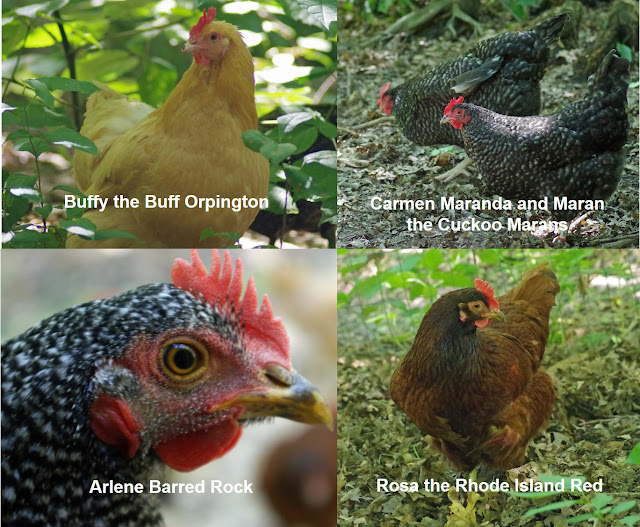What's Up With Brown Eggs?
- Brown eggs are brown because of protoporphyrin-IX, a pigment that’s produced in cells lining a hen’s oviduct.
- Protoporphyrin-IX is made from an iron-containing chemical called heme that comes from broken-down red blood cells.
- Some brown-shelled eggs have pigments added to the hard testa layer of the egg shell, but most eggs have the bulk of their pigment added with the bloom—the “paint” layer that goes on right before a hen lays an egg.
- Because the bloom is still wet when the egg is laid, you can wipe much of the color off of a freshly laid egg.
- Because the pigment of most brown eggs is in the bloom, the insides of most brown eggshells are white.
- Different breeds add different amounts of pigment to their eggshells, for example, Black Copper Marans lay eggs that are a deep, dark chocolate, while Barred Plymouth Rocks lay very light brown eggs.
- There is no nutritional difference between brown eggs, white eggs, or eggs of any other color. A factor that does influences the nutritional value of an egg is the diet of the hen that laid it.
 |
| Brown egg courtesy of Maran the Cuckoo Marans Hen |
 |
| A few of the brown-egg-laying Hipster Hens |
Randy's Chicken Blog participates in the Amazon Services LLC Associates Program, an affiliate advertising program designed to provide a means for sites to earn advertising fees by linking to products available on Amazon.



No comments:
Post a Comment